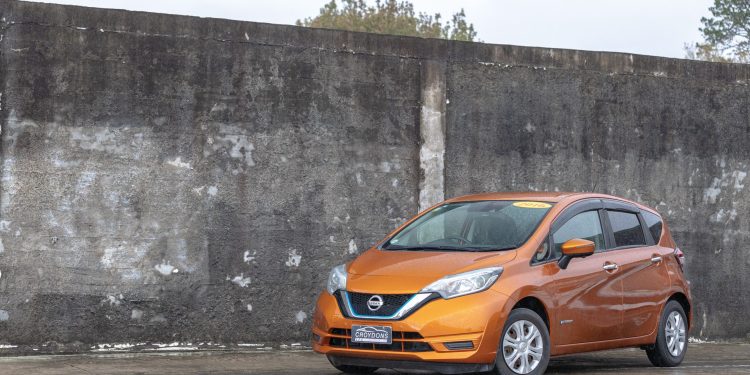2016-2020 Nissan Note e-Power – ReView
Words: Richard Edwards | Photos: Alex Schultz
The Nissan Note e-Power is a compact hatchback with a unique drivetrain: a petrol engine generates electricity but only an electric motor powers the wheels. It delivers EV-like acceleration and smoothness, with none of the range anxiety.
Since arriving in Japan in 2016, the Note e-Power has become a popular used import in New Zealand, especially as an alternative to the Toyota Aqua.
Who is it for?
The Note e-Power suits city dwellers, commuters and small families looking for low running costs without committing to a full EV. Rear legroom is surprisingly generous for a car in this class and the tall roofline makes getting in and out easy. Boot space is average for the segment, though not huge.
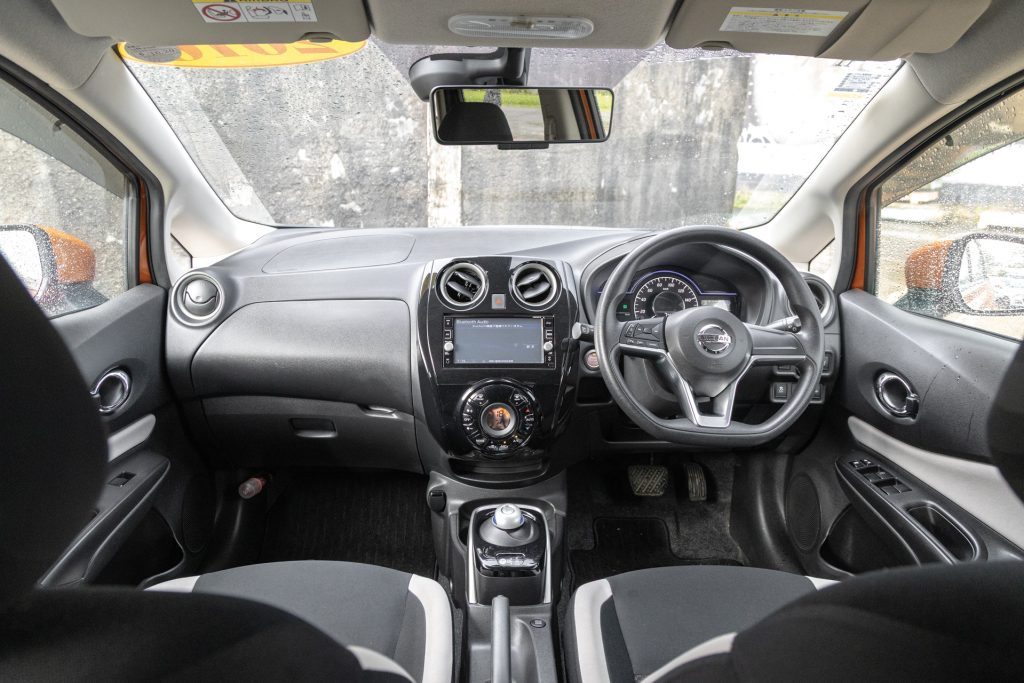
What is it like?
Driving the Note e-Power is a different experience. The car always drives on electric power, offering brisk, quiet acceleration around town. The electric motor delivers instant torque, which makes it feel responsive in city traffic. The petrol engine only runs to recharge the small 1.5kWh battery and to supply energy to the electric motor, which means it can rev independently of road speed. It feels smooth and refined in most scenarios, though the engine note may seem odd at first.
Unlike conventional hybrids, the engine is never directly connected to the wheels, so its sound doesn’t always match your speed. It is something that takes getting used to but quickly fades into the background. Regenerative braking in Eco mode allows one-pedal driving, which many owners find intuitive once they adjust.
Under the bonnet, the Note e-Power uses a 1.2-litre three-cylinder petrol engine (HR12DE) paired with an electric motor that produces around 80kW and 254Nm of torque. This allows for brisk performance in urban environments, with 0–100km/h taking approximately eight seconds depending on conditions. The torque-rich electric motor makes the Note feel eager from a standstill.
Fuel economy is a strong point. Expect around 4.0L/100 km in real-world driving, with even better results in purely around-town driving. During testing, some drivers have achieved consumption as low as 2.7L/100km. With its efficient set-up, the Note e-Power can theoretically travel over 1000km on its 41-litre fuel tank.
It holds a five-star Used Car Safety Rating according to rightcar.govt.nz. ESC is standard, and many imports come with extra safety features such as forward collision warning and AEB, though availability varies by trim.
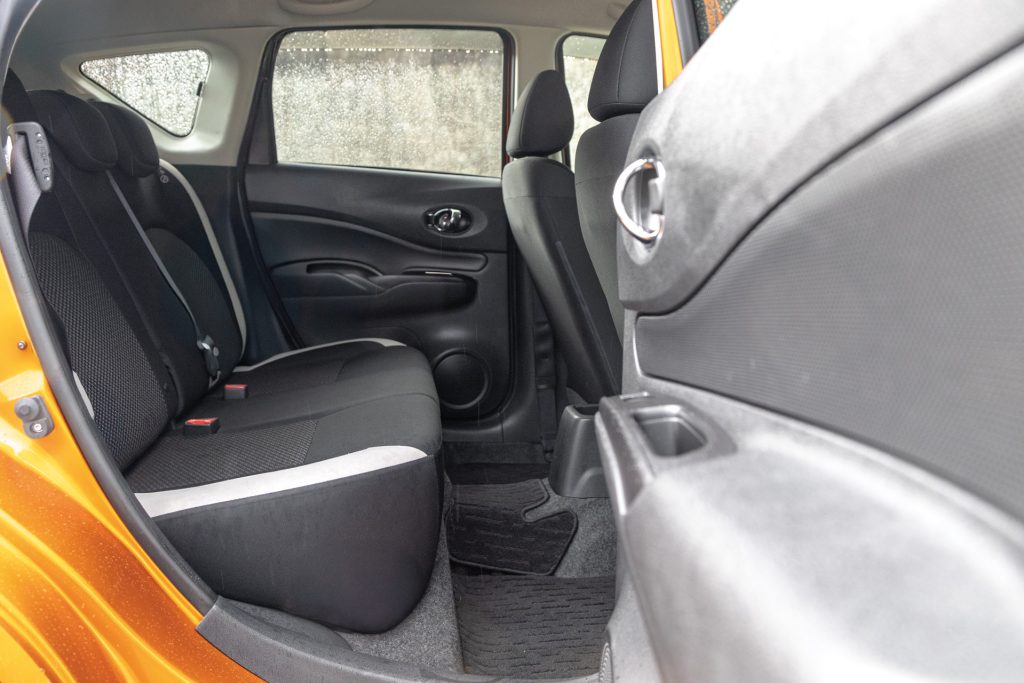
What are the options?
Most imports fall into one of three trims: S, X, or Medalist. The S is basic, with steel wheels and manual air-con. The X adds alloy wheels, climate control, push-button start, and optional safety tech. Medalist is the top-spec, often including leather-style seats, LED lights, and enhanced cabin soundproofing.
Nissan also produced three sportier options for the Note e-Power, the Nismo and Autech. While the Autech focuses more on styling and interior trim, the Nismo gets unique badging, interior and exterior trim and suspension set-up, while the Nismo S adds a power bump for its electric motor to 100kW and torque up to 320Nm.
The Note was facelifted in late 2016 when the e-Power system debuted, and again in 2018 with minor visual updates. ProPILOT adaptive cruise isn’t available on this generation.
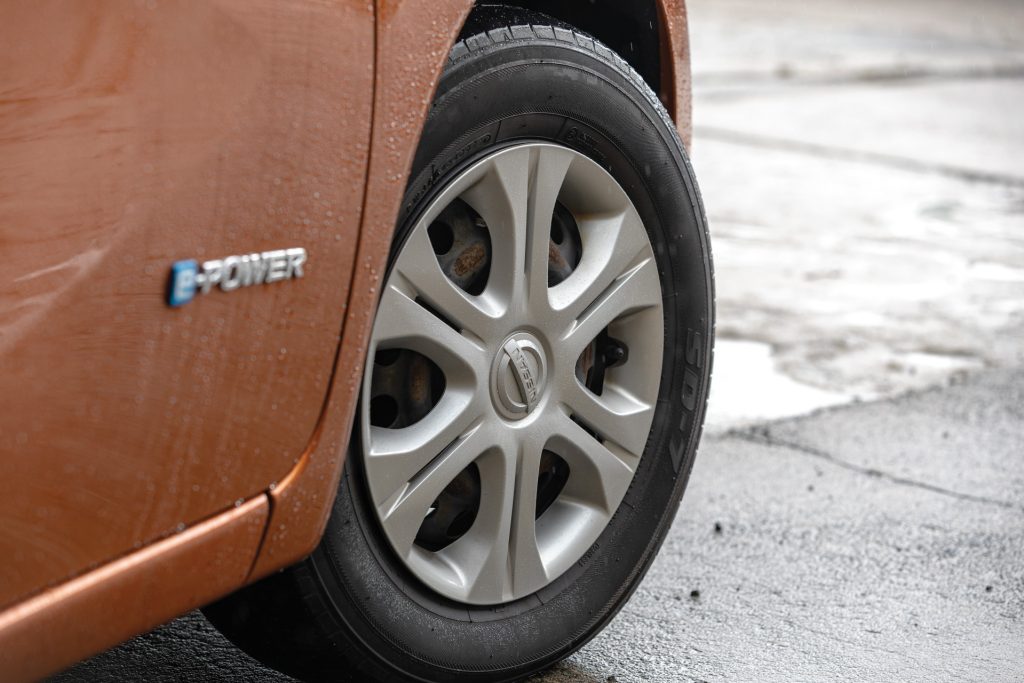
What should I look out for?
The e-Power system is generally reliable, but there are a few things to check.
Battery health: While the lithium-ion pack is small and robust, poor performance or erratic EV-mode use may indicate wear. Replacement used batteries are relatively rare but not overly expensive.
Engine and servicing: The 1.2 petrol engine runs at variable speeds and should be serviced regularly despite low mileage. Listen for unusual engine vibration.
Regenerative braking: Strong regen is normal in Eco mode. Inconsistent regen or poor brake feel may suggest an issue with the brake blending system.
AC and electronics: Make sure all cabin features work correctly. The air conditioning is electrically driven and should work even when the engine is off.
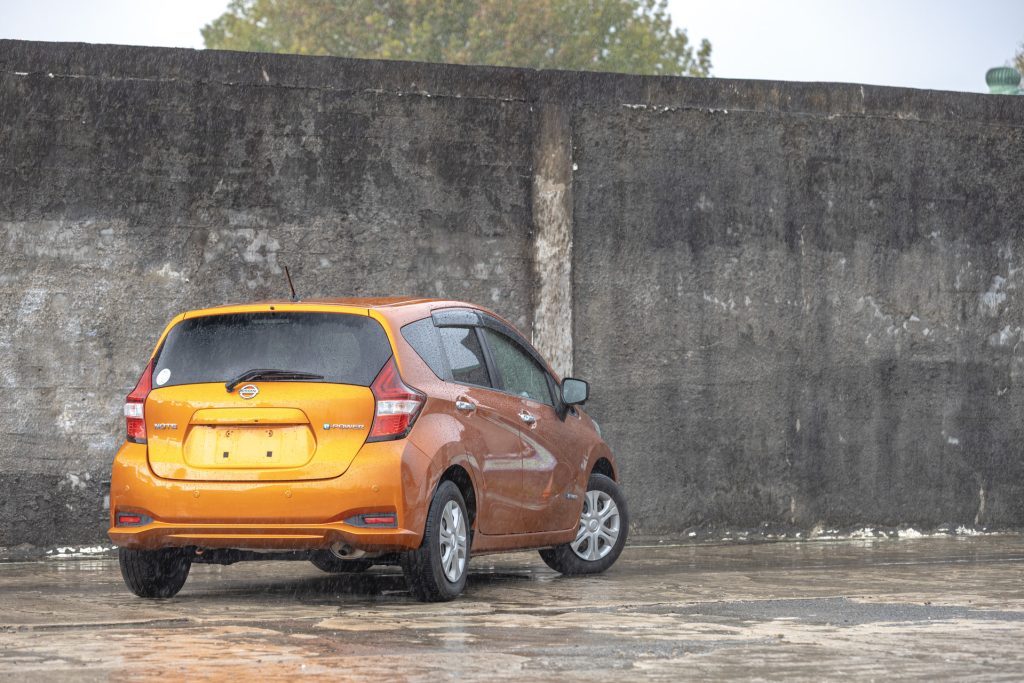
What else should I consider?
Alternatives include the Toyota Aqua and Honda Fit Hybrid. The Aqua is cheaper but has a tighter rear seat. The Fit is roomier overall and may appeal more to those needing a family-friendly layout, though its hybrid system isn’t as smooth.
The Note stands out for its electric-like drive and regenerative braking, so the Nissan Leaf should also be a consideration.
What should I pay?
Prices vary depending on year, spec, and mileage, and differ between dealers and private sales:
Dealer pricing:
2016–2017: $9,000–$11,000
2018–2019: $11,500–$14,000
2020: $14,000–$17,000
Private sale pricing:
2016–2017: $7,500–$9,500
2018–2019: $9,500–$12,500
2020: $12,000–$15,000
As always, higher trims and lower-mileage examples attract a premium. Look for models with keyless start, full safety kit and battery health confirmation, if possible. Nismo S models fetch a premium.
The Note e-Power remains a solid, if quirky, choice in the small hatchback space. With its efficient drivetrain and EV-like feel, it’s an excellent option for budget-conscious buyers who want a taste of the electric future without the need to plug in.


